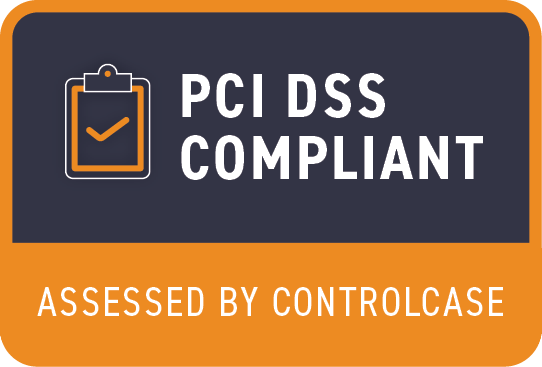When it comes to payments, every millisecond counts. The difference between a seamless customer experience and a frustrating one often boils down to the speed and efficiency of payment processing. Merchants who operate in this digital arena understand the importance of offering multiple payment options to their customers. The challenge lies in integrating these payment processors seamlessly into their existing systems without wasting dev effort or introducing performance overhead.
Enter Hyperswitch, a game-changing solution designed to be lightning fast and add virtually zero overhead to your payment processing infrastructure! For context, Hyperswitch is an open source payments orchestrator that connects you with the entire payments ecosystem with a single API. Since you should be able to connect to any payment processor through Hyperswitch, the latency that the switch adds by itself should be minimal. The bulk of the latency should come from the underlying payment processor itself and not from any other layer. This is what would make Hyperswitch extremely lightweight and hence it is an important design consideration for any kind of payment infrastructure software. So we set ourselves on a journey to create a near invisible presence and here's how it went!
Clarifying latency overhead
The latency overhead of Hyperswitch refers specifically to the time taken by the Hyperswitch application itself within the transaction flow.
While Hyperswitch optimizes its internal processes to add almost zero overhead, it's important to recognize that the overall transaction latency isn't solely determined by Hyperswitch alone. The entire transaction process involves multiple components, including the payment processor as shown below:

What Hyperswitch does is provide an option to connect to multiple processors at almost zero latency cost
How Hyperswitch achieves a near-invisible presence
At its core, Hyperswitch is a payments switch that effortlessly connects merchants with multiple payment processors. What sets it apart is its extraordinary speed and efficiency.
Here's how Hyperswitch manages to be lightning fast and virtually overhead-free:
- Hyperswitch eliminates the delays associated with fetching configuration data for each transaction by caching all merchant and processor-related configurations in memory
- This ensures that transaction processing remains lightning quick, regardless of the specifics of each transaction
Redis for Transaction Data
- To further accelerate transaction processing, Hyperswitch stores all transaction-related data reads in Redis, an in-memory key-value store
- This choice of data storage allows for rapid access to transaction details, ensuring that every step of the process is nearly instantaneous
Asynchronous Data Persistence
- Hyperswitch optimizes the transaction workflow by making all data writes to Redis and then asynchronously draining this data to the database
- This approach minimizes any potential delays in the critical transaction path, maintaining the rapid pace that customers expect
Parallelization
- Hyperswitch embraces parallelization wherever possible, ensuring that multiple operations can be executed simultaneously
- This approach further enhances its speed and responsiveness, making it a true powerhouse in payment processing
The latency of the entire Hyperswitch application is just ~25 ms


Seamless Integration - Just another microservice in your system
One of the remarkable features of Hyperswitch is its ability to seamlessly integrate into your existing technology stack. By functioning like a system software, Hyperswitch becomes an integral part of your system, eliminating network latency between your application and the switch. This means there's almost zero overhead introduced into your system.
- Reduced Network Latency: Hyperswitch's integration into your stack eliminates network latency, leading to quicker transaction processing and improved system performance
- Streamlined Workflow: With Hyperswitch seamlessly embedded in your stack, transaction processing becomes an integral part of your system's workflow. This streamlines the management of payment processing and reduces the complexity of maintaining multiple external connections
- Improved Reliability: By operating as a tightly integrated component, Hyperswitch can be configured and managed alongside the rest of your stack, allowing for comprehensive monitoring and ensuring high levels of reliability and availability.
By adding almost zero overhead, Hyperswitch ensures that the lion's share of the transaction's latency, as experienced by the end user, is determined by the payment processor's inherent processing time. In essence, Hyperswitch acts as the invisible hand behind the scenes by connecting merchants with multiple payment processors in the blink of an eye without adding any noticeable overhead.
Human culture is evidently undergoing a transition towards a more egalitarian and community-focused model, indicating a redistribution of decision-making authority from centralized entities to the broader community. This transformative shift is expected to impact the payments ecosystem. Over the past few years, innovation in payments has been notably stagnant, primarily due to the traditional control exerted by major corporations over payment solutions. It is our belief that this established pattern must be disrupted. In the context of the internet economy, payments constitute a fundamental necessity. Therefore, to effectively serve billions of people on a large scale, payments should embody qualities such as openness, speed, efficiency, and affordability.








